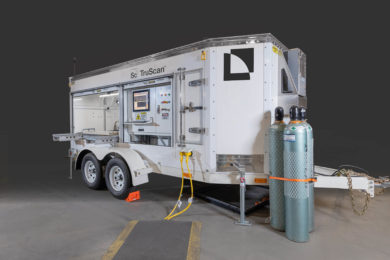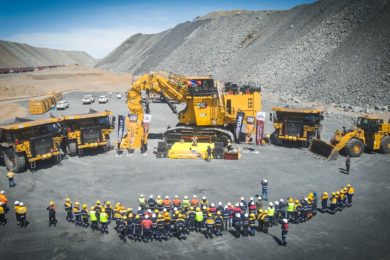Western Australia Mines and Petroleum Minister Bill Johnston has officially launched the Emergency Management for Western Australian Mines code of practice. “Since mining operations can be potentially hazardous, and are often in remote locations, it is important to always be prepared for an emergency. The code provides important information on emergency management plans and how to act responsively during a crisis. Having effective emergency management onsite can save lives and keep workers safe. The code was developed following extensive consultation over the past two years.”
A draft code was released for public comment in November 2016 and the final code had significant input from emergency response co-ordinators, trainers, industry and workers. Johnston states: “One of the McGowan Government’s key priorities is the safety of workers and I encourage mining companies, especially those with underground sites, to have risk-based emergency management systems in place. It’s crucial that mine sites prepare for the worst, and this code of practice provides vital information for responding to emergencies. The ultimate aim of the code is to provide a solid theoretical base which companies can build on the practical knowledge gained through training and emergency response competitions.”
The code itself states: “The potentially hazardous nature of mining operations, and their often remote locations, mean that being prepared for an emergency situation is critical to the safety and health of personnel. For the purposes of this code of practice, the term emergency means a serious, unexpected, and often dangerous situation, and encompasses an emergency as defined in section 3 of the Emergency Management Act 2005. Emergency management involves understanding the likelihood of an emergency situation and its potential consequences, being prepared to mitigate its effects, responding appropriately, and recovering afterwards. Effective emergency management means that there are plans in place for all foreseeable emergency scenarios so the response is comprehensive and coordinated.” The full code can be accessed at http://www.dmp.wa.gov.au/Documents/Safety/MSH_COP_EmergencyManagement.pdf










